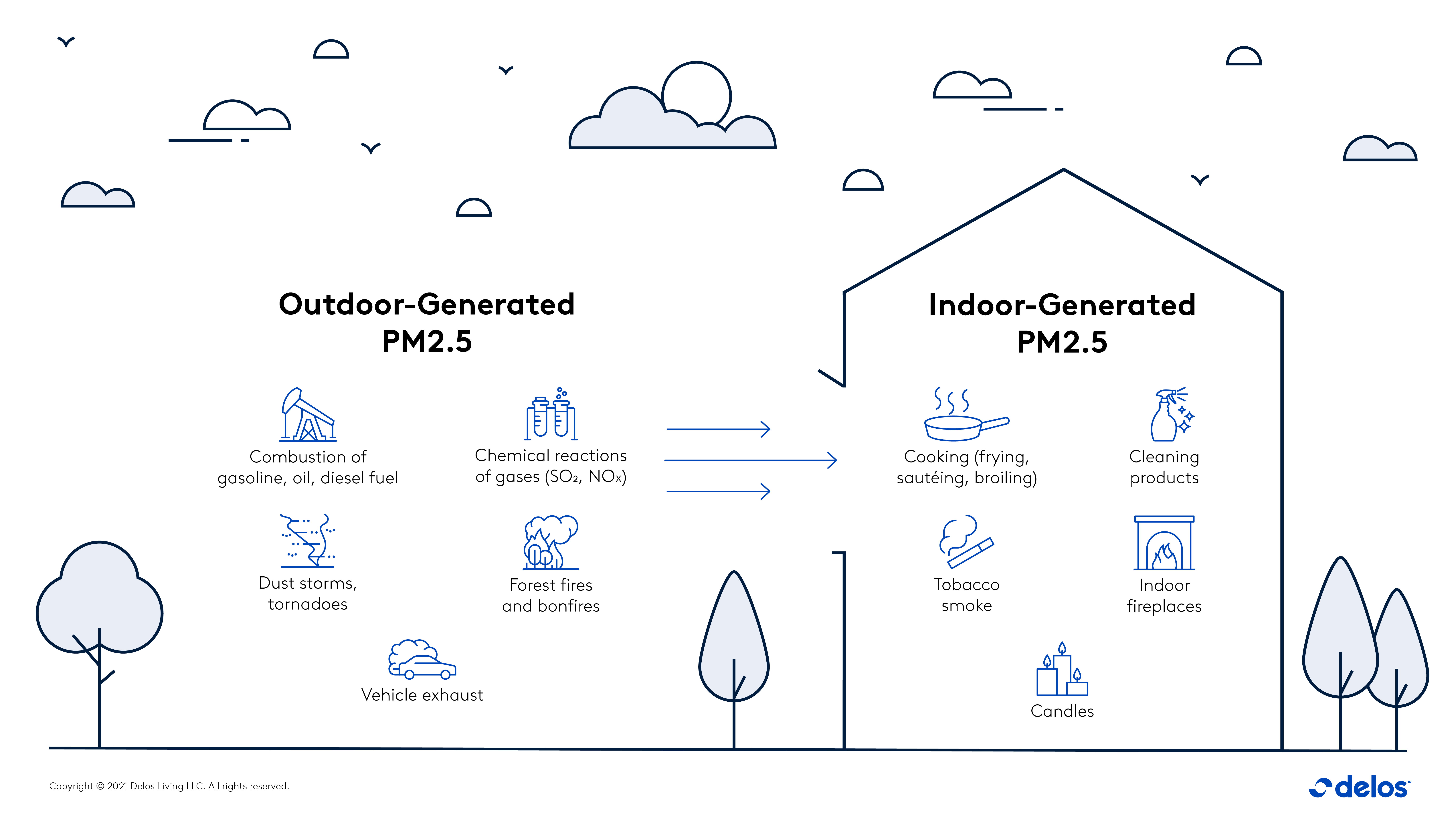Here is an interesting article I found, I hope you find it informative too!
Litter is found in all the world's oceans and seas, even in remote areas far from human contact and obvious sources of the problem. The continuous growth in the amount of solid waste thrown away, and the very slow rate of degradation of most items, are together leading to a gradual increase in marine litter found at sea, on the seafloor and coastal shores. It is an economic, environmental, human health and aesthetic problem posing a complex and multi-dimensional challenge.
Marine litter results from human behaviour, whether accidental or intentional. The greatest sources of it are land-based activities, including: waste released from dumpsites near the coast or river banks, the littering of beaches, tourism and recreational use of the coasts, fishing industry activities and ship-breaking yards. Storm-related events, like floods, flush the resulting waste out to sea where it sinks to the bottom or is carried on coastal eddies and ocean currents. The major sea-based sources include: abandoned, lost or discarded fishing gear shipping activities and legal and illegal dumping.
All this can cause serious economic losses. Coastal communities are facing increased expenditure on beach cleaning, public health and waste disposal. The tourism sector has to deal with loss of income and bad publicity. The shipping industry is impacted by higher costs associated with fouled propellers, damaged engines, removing litter and managing waste in harbours. The fishing industry faces reduced and lost catch, damaged nets and other fishing gear, fouled propellers and contamination, which also affects fish farming and coastal aquaculture.
Marine litter can also lead to loss of biodiversity and of ecosystem functions and services. For instance, discarded, lost, or abandoned fishing gear are continuing to fish and trap animals, entangling and potentially killing marine life, smothering habitat and acting as a hazard to navigation.
Microplastics are also raising concerns. Toxins including DDT, BPA and pesticides adhere to these tiny particles of plastics that can be accidently ingested by small aquatic life. Once ingested, the toxins biomagnify as they move up the food chain, accumulating in birds, sea life and possibly humans.
Causes of marine litter are both cultural and multi-sectoral, resulting from poor practices in managing solid wastes, a lack of infrastructure, insufficient understanding among the public of the potential consequences of its actions, inadequate legal and enforcement systems and a shortage of financial resources.
As you have probably read on one of my earlier blog (s) this is a terrible crisis that the planet is facing at this very moment, it does seem that it is out of our control, but it is not! Don´t give up.
The blog song for today is : " Do you remember" by Pulp
TTFN



